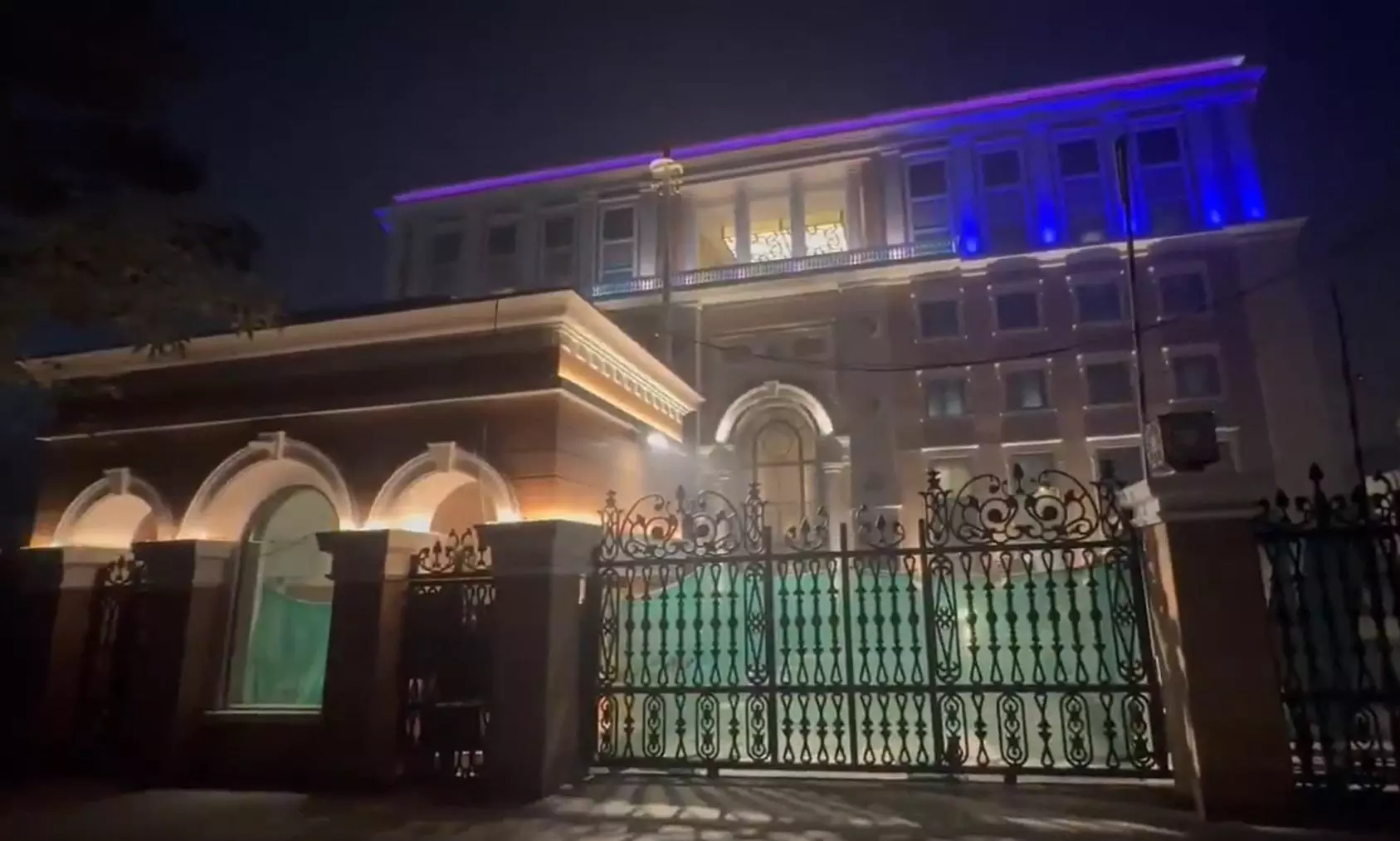
New address for Congress headquarters but old challenges remain
After 46 years at 24 Akbar Road, Congress shifts to 9A Kotla Road. What does this move signify for a party navigating existential challenges?

On January 15, the Congress will shift its headquarters to 9A Kotla Road, marking the end of its 46-year-long association with 24 Akbar Road. Since 1978, this address has been a political landmark, witnessing the party’s journey through various highs and lows.
From the bounce-back of Indira Gandhi after the Emergency to the rise of Rajiv Gandhi, and later, the non-Gandhi leadership under Narasimha Rao, 24 Akbar Road has been central to Congress’s legacy. The move comes at a critical time for the party, which is navigating a challenging political landscape.
Historical significance of 24 Akbar Road
Journalist and author Rasheed Kidwai, who has written a book titled 24 Akbar Road, highlighted its importance during a recent discussion. “The address is not just a building; it’s a symbol of Congress's evolution,” he remarked.
The party shifted to 24 Akbar Road after its first major political crisis in 1978, when it lost power at the Centre. Indira Gandhi, expelled from the party, began her comeback from this address amid turbulent times. The headquarters, originally a residential building with seven rooms, became the nerve centre of Congress operations.
Also read: Gandhi, Ambedkar, and Constitution: Congress’s trident to take on BJP
Current challenges for Congress
Kidwai drew parallels between the crises of 1977 and today, as the party prepares to move to a new headquarters. “Congress is again facing an existential crisis,” he noted. With dwindling electoral relevance in many states, the party struggles to regain its political footing.
At the time of the shift to 24 Akbar Road, Congress was in financial disarray. Kidwai shared stories of loyalists like Buta Singh, who often resorted to personal favours to manage party operations, underscoring the challenges of rebuilding after a crisis.
Leadership transitions and transformations
The evolution of the Congress leadership has been closely tied to its headquarters. Indira Gandhi’s return to power in 1980, the modernizing influence of Rajiv Gandhi, and the tumultuous tenure of leaders such as Narasimha Rao and Sitaram Kesari reflect the party's complex trajectory.
Rajiv Gandhi’s tenure marked a shift in the party’s functioning, as he brought in technocratic approaches and modern ideas, moving away from traditional khadi politics. However, this period also saw internal strife and ideological shifts, including decisions tied to events like the Shah Bano case and the unlocking of the Ram Janmabhoomi site.
Also read: Rahul is right; caste reform is only viable path for Congress' future
Sonia Gandhi and stabilization
Sonia Gandhi’s entry into politics, symbolized by her walk from 10 Janpath to 24 Akbar Road, ushered in a new era of stability for the Congress. Her leadership marked the reunification of the party and the formation of the United Progressive Alliance (UPA), which governed India for a decade.
Kidwai also shed light on the controversial exit of Sitaram Kesari, paving the way for Sonia Gandhi’s presidency. He emphasized the importance of understanding the nuanced stories behind these events, which are often overshadowed by historical narratives.
What the move signifies
As Congress transitions to 9A Kotla Road, it reflects both the party’s enduring challenges and its attempts to adapt to new realities. Kidwai noted that while the physical address is changing, the legacy of 24 Akbar Road will remain central to the story of the Congress Party.
The content above has been generated using a fine-tuned AI model. To ensure accuracy, quality, and editorial integrity, we employ a Human-In-The-Loop (HITL) process. While AI assists in creating the initial draft, our experienced editorial team carefully reviews, edits, and refines the content before publication. At The Federal, we combine the efficiency of AI with the expertise of human editors to deliver reliable and insightful journalism.

